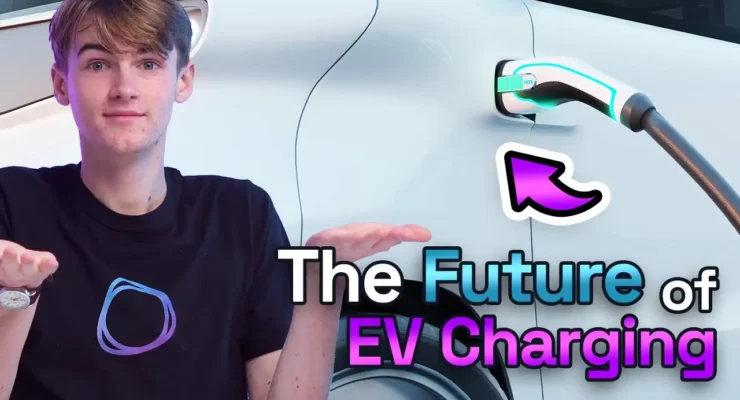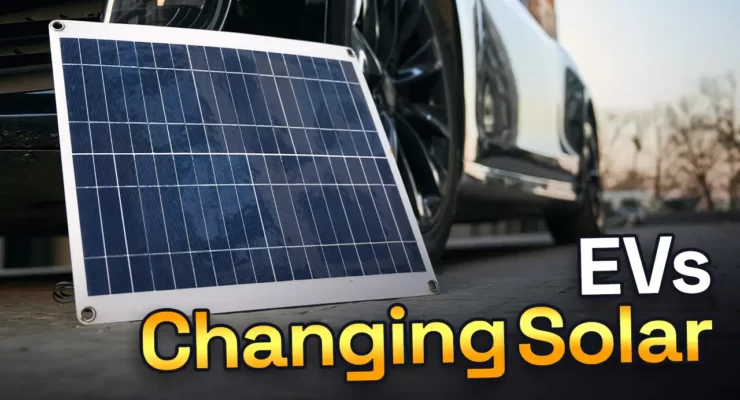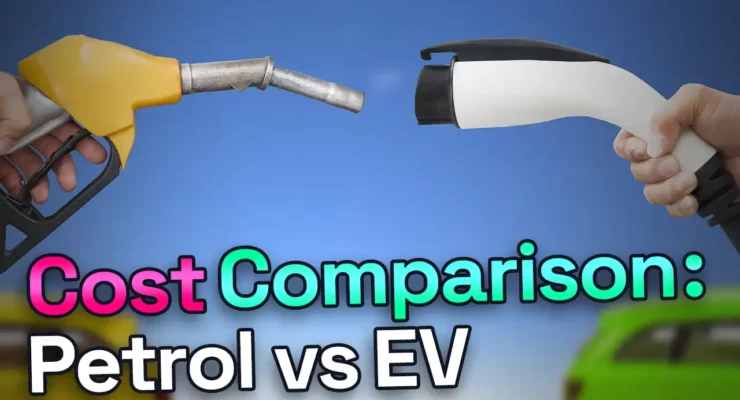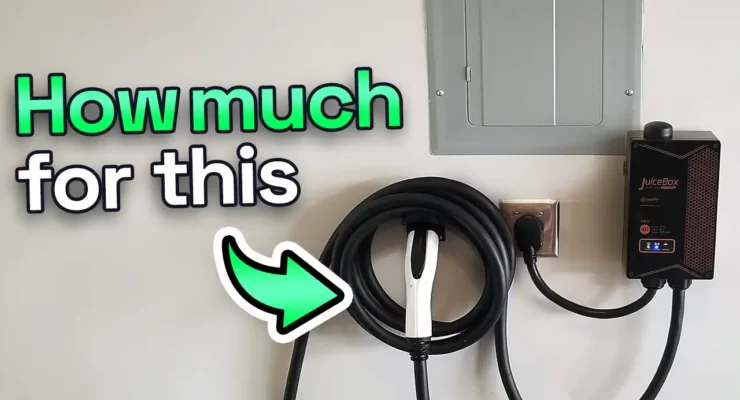
Fast read
Several different options and ways exist for charging an electric vehicle in the future. One potential is to use a home solar battery.
Another option is to install EV charging stations powered by sustainable energy sources like solar or wind at work and in public areas.
Another choice is for automakers to include a more minor, "swap-and-go" battery component in the primary battery that must be swapped out when necessary.
Each option has advantages and disadvantages, and it is not yet obvious which will take over as the primary charging method in the future.
How could electric cars be charged in the future using different methods?
The issue of charging electric cars effectively when they become the mass transport method in the future is occupying many smart brains.
1. We charge the car overnight via a battery at home, and the battery is charged via a solar system during the day, so we genuinely drive with renewable power
The advantage is that our car will efficiently charge using renewable energy most of the time. The negative – some homes will not have a roof large enough to support their home consumption and the need for an electric car. Also, a solar system, battery, and EV charger can easily set the owner back 25,000 to $50,000 depending on the size of the solar system and the battery.
2. Workplaces, shopping centres, and parking stations will power the future of electric car charging stations through remote solar or wind farms
In the move towards cleaner energy, electric car charging stations at workplaces, shopping centres, and parking lots are getting power from faraway solar or wind farms. This is a good thing because it means we’re using renewable energy, which is better for the environment.
On the positive side, this helps reduce our reliance on regular power sources, which is a significant victory for the planet. But, there are some concerns since we don’t know for sure how expensive these charging stations will be in the future. The worry is that if they become too costly, it might affect how many people use them.
Another concern is that during busy times, like when a shopping centre is full of people, you might have to wait in line to charge your electric car. As more and more people switch to electric vehicles, the demand for charging stations will go up. This could mean longer wait times when everyone is trying to charge their cars at the same time.
In short, using solar or wind power for electric car charging stations is a step in the right direction for the environment. But, we need to figure out how to keep the cost down and make sure there’s enough charging space for everyone, especially during busy times. Balancing these factors will be key for a successful and sustainable transition to cleaner transportation.
3. Car makers add smaller batteries
Imagine if you could easily swap your electric car’s low battery for a fully charged one, allowing you to drive an extra 100 km without waiting to charge. To make this work, car companies would need to agree on a standard for this battery part, so it fits all electric cars.
This idea solves the problem of long charging times and offers a quick solution for electric car users. Swap-and-go stations placed in convenient locations would make it easy for people to extend their car’s driving range on the spot.
For this system to be environmentally friendly, the swap and charge stations must use renewable energy like solar or wind power. This ensures that the whole process supports our goal of reducing pollution from transportation.
In short, the swap-and-go battery idea, with a standardised part and powered by renewable energy, could make electric cars more convenient and eco-friendly. A smart way to tackle the challenges of electric vehicle usage.
4. The electric car is charged while it’s “driving”
Imagine if your electric car could charge itself while you’re driving or when it’s parked outside. This can become a reality in the future of electric cars with a body covered in solar cells. These cells can absorb sunlight and convert it into energy, helping to charge the electric car’s battery. Hyundai has already made progress in this direction with solar roof tiles for their Sonata car, proving that the technology is feasible.
This innovation allows your electric car to harness the power of the sun, making it more self-sufficient and reducing the need for frequent stops at charging stations. Whether you’re driving around town or your car is parked in the sun, the solar cells on the car’s body can continuously generate energy, contributing to a more sustainable and convenient driving experience.
In essence, integrating solar cells into the car’s body is a promising step towards making electric vehicles even more eco-friendly and energy efficient. As technology gets better, we can expect more changes in how we power our vehicles, which could change our thinking.
What are the downsides to this?
The downside is that such a charge will possibly, even with highly efficient solar cells all over the vehicle, only add about 10 km of driving per day. So while it can support the overall charging effort, it will not cover the likely driving needs of most electric car owners, being at least 30km per day.

Researchers are now actively working on embedding induction charging into roadways for electric cars in the future, akin to how phone batteries can now charge by placing them on an induction charge pad. Consequently, vehicles would charge their EV batteries while driving over the road.
While, again, a great concept, the cost of upgrading our road network to embed this possibility into all roads would be prohibitively expensive. Also, the CO2 required to build this infrastructure would be massive, which might defeat the purpose of the electric car. Another question worth exploring is how our human body will react to exposure to all these electronics and the associated magnetic fields and waves.
So many questions and so many possible answers and only the future will tell.


